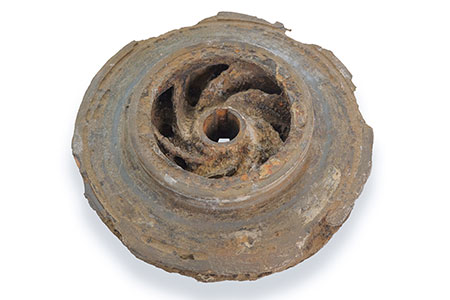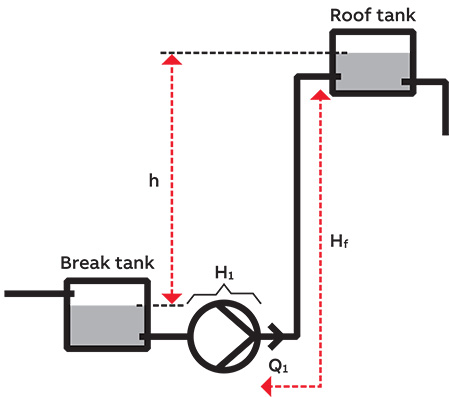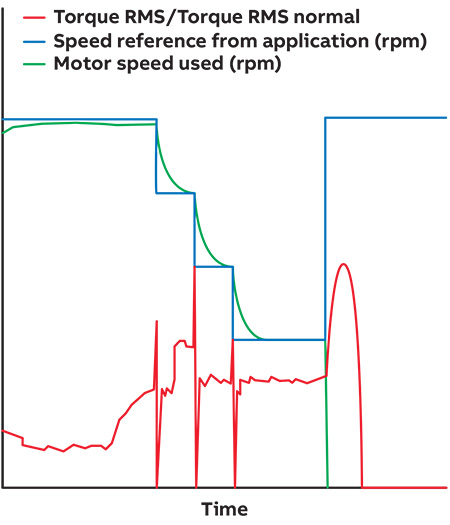Decreasing the Risk of Pump Cavitation for the Water Industry
 Feb 28, 2022|
Feb 28, 2022| View:398
View:398Cavitation can occur in many different pumping applications, but it is a particular challenge for the water and wastewater industry due to the number and scale of pumps deployed. Cavitation increases the risk of downtime and results in higher maintenance costs. The increased costs go beyond the frequent replacement of pumps. In some cases, the cost of sending a maintenance team with heavy lifting equipment to a remote pumping site can be several times the cost of the pump.
Cavitation occurs when pumping subjects a liquid to rapid local changes in pressure, creating vapor-filled bubbles. The condition at which the liquid-to-vapor transition occurs depends on the pressure. Water turns into steam at its 100 C (212 F) boiling point at normal atmospheric pressure. However, as the pressure reduces, the vapor point, at which the transition takes place, occurs at lower temperatures. It even happens at room temperature when the pressure falls to a vacuum.
As the impeller spins in a typical centrifugal pump, high pressure is created on the front side of the blades. While at the same time there is low pressure on the back of the blades. Under some operating conditions the water vaporizes, creating bubbles (Image 1).
When these vapor bubbles reach areas of high pressure, they implode, collapsing back into liquid form and producing shockwaves. The rapid implosions generate a characteristic rumbling or cracking noise associated with cavitation, sounding like rocks passing through the pump.

Open Systems Are Most at Risk
Closed pumping systems circulate water in closed loops, typically for heating or cooling control. Their pre-pressurized setup generally prevents cavitation during operation, unless there is leakage.
In contrast, open pumping systems, such as for drinking water distribution or wastewater treatment, are subject to cavitation should the inlet pressure drop below the net positive suction head (NPSH) (Image 3). NPSH, quoted in meters or feet, is a measure of the pressure experienced by a fluid on the suction side of a centrifugal pump. It is volume-dependent and given by the pump manufacturer as a specific value for each pump.

Preventing Cavitation
Good design of the pumping system is a first step in avoiding cavitation. For example, it is vital to ensure that the available NPSH (NPSHa) exceeds the required NPSH (NPSHr). This can be achieved by decreasing the number of elbows and valves in the inlet pipework, shortening the length of the pipework, or increasing its diameter. Reducing the temperature of the fluid or pump can also help, although this is not practical in the water industry. In many cases, it is not possible to implement the optimum design, especially when working with existing systems or where space is at a premium. Therefore, designers need to look at ways to detect the onset of cavitation and modify the pump operation accordingly.
One possibility is to use discrete sensors such as differential pressure transducers to monitor the changes in pressure that accompany cavitation. Another option is to use the capabilities of the intelligent variable speed drives (VSDs)—also known as variable frequency drives (VFDs)—already used in many pumping applications across the water industry.
In addition to the benefits of energy efficiency and a variety of useful functions, such as pump cleaning to avoid blockages, some VSDs now incorporate anti-cavitation software. This makes it possible to prevent cavitation without any additional costs and complexity.
How Does an Intelligent VSD Prevent Cavitation?
The anti-cavitation software built into a smart VSD uses algorithms to measure pump torque and speed. It checks for the specific patterns that indicate cavitation is taking place. Since the measurements are taken directly from the pump shaft there is no latency in detection, so the response is virtually instantaneous. When it detects cavitation, the VSD can adjust the pump speed automatically to react to the change in pressure. It will resume normal operation as soon as the pump has stopped cavitating. Image 4 shows the operating principle behind the anti-cavitation algorithm.

VSDs Drive Away Risk of Pump Cavitation
Pump cavitation is a risk for the water and wastewater industry. Unchecked, it will cause disruption to pumping operations as well as requiring pumps to be repaired and replaced at high costs. Now, the new generation of intelligent VSDs makes it possible to solve cavitation locally, within the drive, in real time. Anti-cavitation software built into the drive means there are no extra components such as sensors or programmable logic controllers (PLCs) needed. The only additional work required is to set the operating parameters.
The result is that potential flow issues resulting from cavitation are picked up immediately by detecting changes in torque on the pump motor shaft. This provides a precise, instantaneous response that eliminates cavitation.
James Chalmers, the ABB vice president, global water and wastewater sales for drives
https://www.pumpsandsystems.com/decreasing-risk-pump-cavitation-water-industry



